When delving into the world of semi-trailer maintenance, it’s essential to grasp the multifaceted nature of related costs. The maintenance of a semi-trailer extends beyond the basic upkeep—a nuanced analysis reveals a spectrum of factors contributing to both direct and indirect expenses. In this detailed exploration, we will dissect various aspects that influence semi-trailer maintenance costs, aiming not just to convey information, but to empower fleet managers, logistics professionals, and independent truck operators with comprehensive insights.
1. Factors Influencing Semi-Trailer Maintenance Costs
1.1. Age of the Semi-Trailer
One of the primary determinants of maintenance costs is the age of the trailer. As with any vehicle, older semi-trailers tend to incur higher costs because:
- Worn Components: Over time, essential parts such as bearings, brakes, and axles may require more frequent replacement.
- Outdated Technology: Older models might not have the latest technological advancements, leading to inefficient operation and increased fuel consumption.
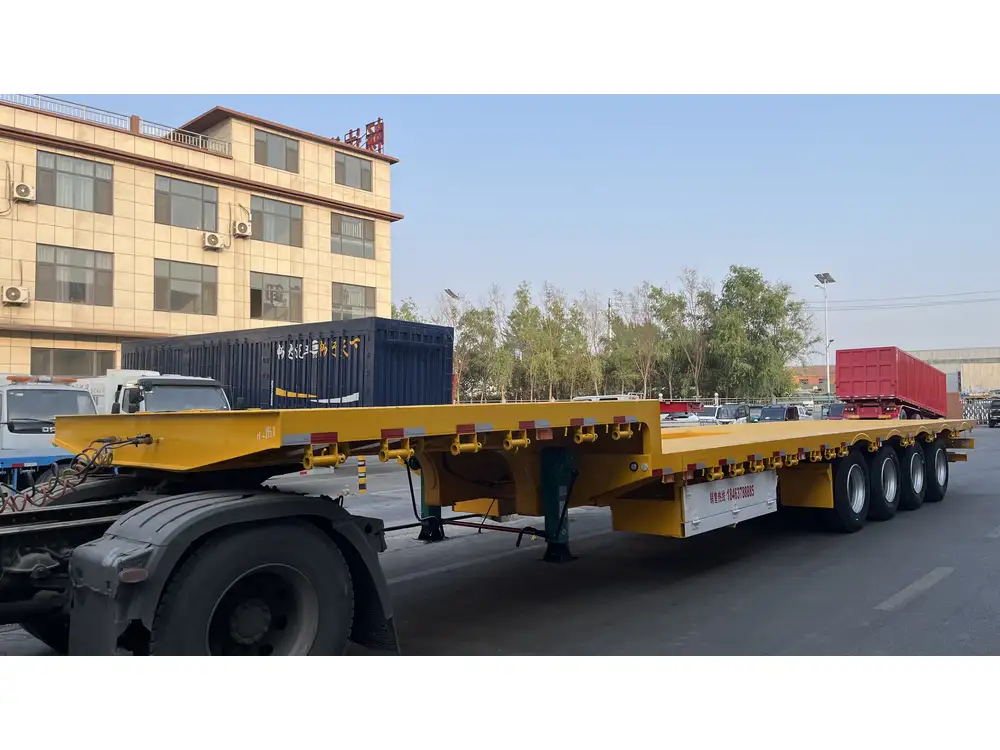
Cost Breakdown by Age:
| Age of Semi-Trailer | Average Monthly Maintenance Cost |
|---|---|
| 0-3 years | $500 |
| 4-7 years | $800 |
| 8+ years | $1,200 |
1.2. Type of Trailers and Their Specifications
The specific type of semi-trailer plays a significant role in maintenance expenses. From flatbeds to refrigerated models, each type presents its unique challenges and associated costs:
- Reefer Trailers: Require refrigeration unit maintenance, which can be costly, averaging $1,000 per year.
- Flatbed Trailers: Primarily incur costs related to loading and unloading equipment, typically around $500 per year.
- Tanker Trailers: Safety regulations necessitate regular inspections and maintenance, leading to higher overall costs.
1.3. Utilization Rate: How Often the Trailers are Used
The frequency and nature of trailer usage directly influence maintenance needs:
- High Utilization: Trailers that are used frequently will experience higher wear and tear, leading to more regular maintenance phases.
- Seasonal Usage: Trailers that are used intermittently may have different upkeep schedules, often resulting in lower overall costs but requiring careful storage conditions to prevent deterioration.
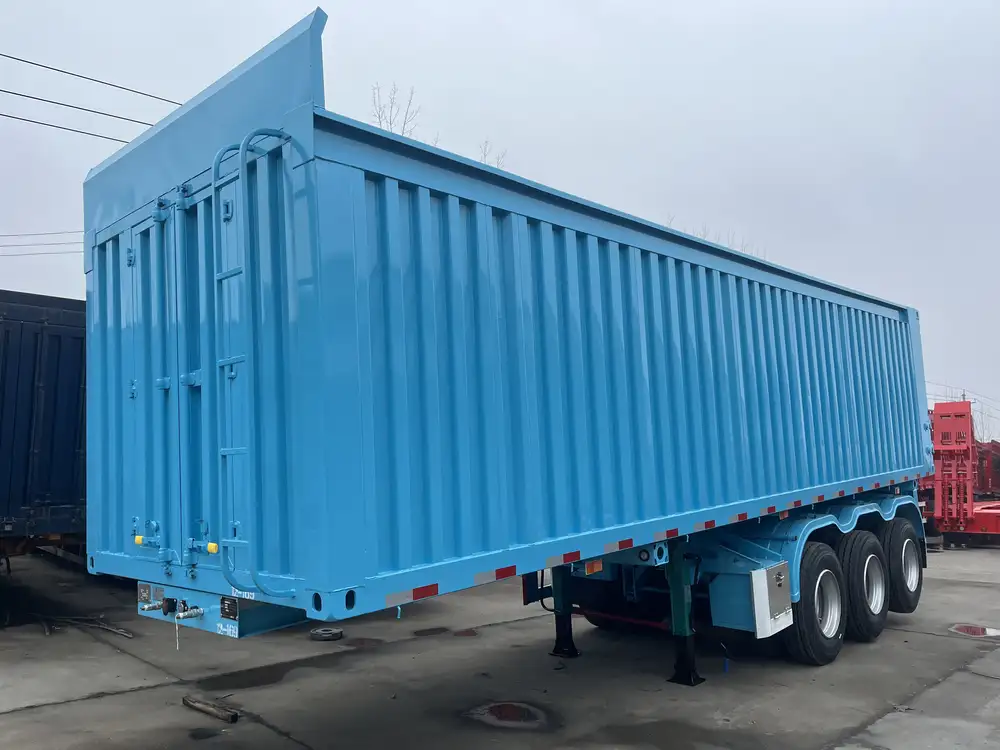
1.4. Maintenance Practices and Company Standards
Maintaining a regular and thorough maintenance schedule can significantly affect long-term costs. Organizations that adhere to strict maintenance practices often find themselves spending less in the long run. Essential practices include:
- Routine Inspections: Conducting biannual inspections can catch minor issues before they escalate, ultimately saving costs.
- Preventive Maintenance: Implementing strategies like tire rotation, alignment checks, and brake inspections can extend the trailer’s lifespan.
2. General Maintenance Costs Associated with Semi-Trailers
Understanding the integral components that require routine maintenance gives clarity to the costs involved.
2.1. Tires
Tires are arguably one of the most critical components of a semi-trailer. They must be maintained meticulously to ensure safety and efficiency. Key expenses include:
- Replacement Costs: Depending on the type and brand, a semi-trailer tire can cost between $300 and $600 each. Replacing all tires could average around $2,500 annually.
- Balancing and Rotation: Regular balancing and rotation may cost $100-$200 depending on the service provider.
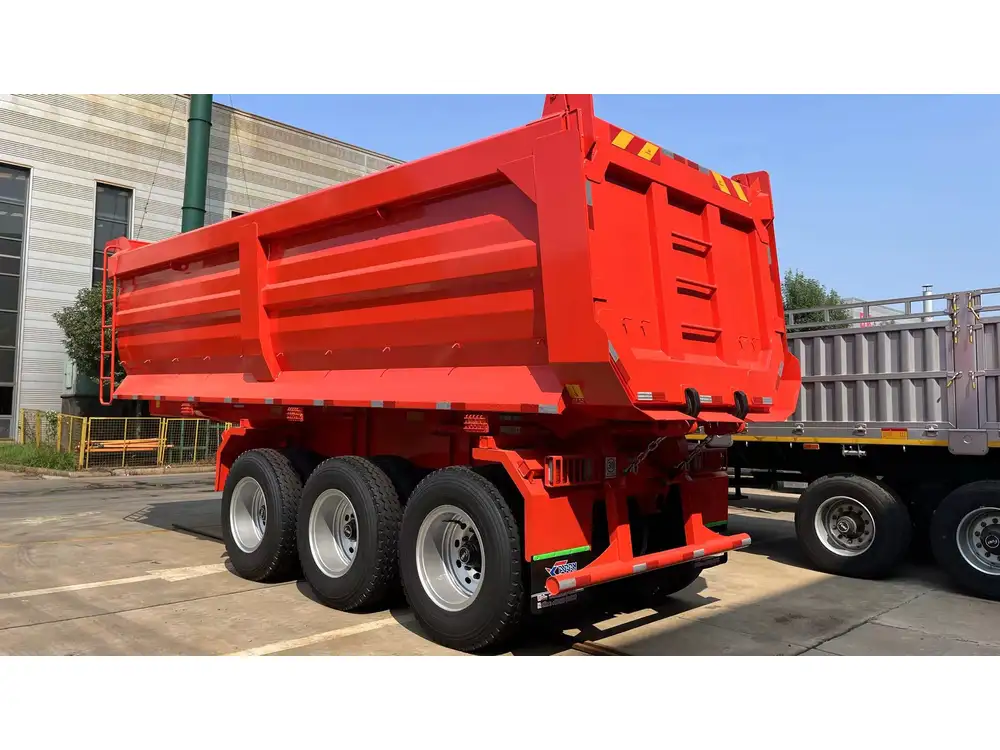
2.2. Brakes and Suspension Systems
The braking system is paramount for safety and may involve substantial costs, including:
- Brake Pad Replacement: Typically costs between $250 to $400 per axle. Freight companies usually replace pads every 30,000 to 50,000 miles.
- Suspension Maintenance: Suspension system repairs can average around $500 annually, contingent on usage and terrain.
2.3. Annual Inspections
Most states require annual inspections to ensure compliance with safety regulations. The average inspection is approximately $200-$300 but can increase if extensive repairs are needed.
2.4. Repairs and Parts Replacement
Parts may malfunction and require unexpected repairs, leading to fluctuating costs annually. Here’s a breakdown of key components:
| Components | Average Annual Cost Estimation |
|---|---|
| Tires | $2,500 |
| Brakes | $1,000 |
| Suspension | $500 |
| Electrical System | $400 |
| Refrigeration Unit | $1,000 |

3. Avoiding High Maintenance Costs
3.1. Implementing Preventive Maintenance
Regular preventive maintenance can prevent major issues from arising. Tracking repairs and service history can help identify a pattern, allowing for a proactive approach rather than a reactive one.
3.2. Utilizing Telematics
Incorporating telematics into fleet operations allows companies to monitor the condition of their semi-trailers in real-time. Key benefits include:
- Predictive Analytics: Analyzing data trends to predict future maintenance needs.
- Performance Monitoring: Tracking driver behaviors that may contribute to increased wear and tear.
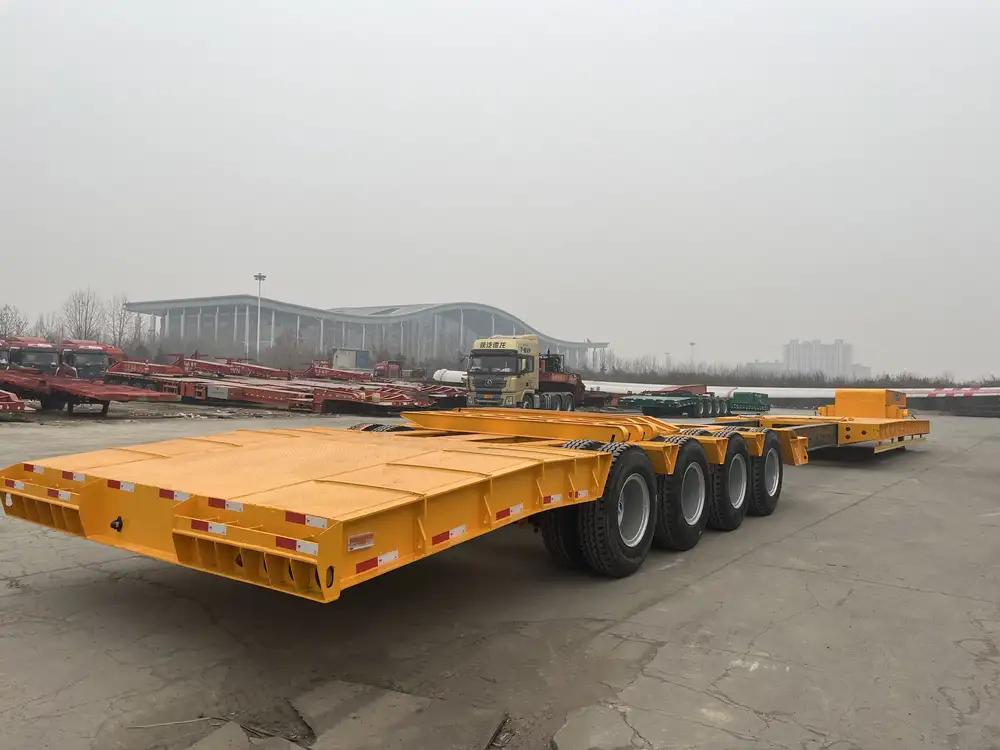
4. Additional Costs to Consider
4.1. Insurance Costs
Insurance is often an overlooked expense that can vary based on the trailer type, its value, and its usage. Expect annual premiums to range widely from $800 to $3,000.
4.2. Fuel Efficiency and Operational Costs
Maintaining semi-trailers for optimal fuel efficiency can drastically reduce operating costs. Factors affecting fuel efficiency include:
- Aerodynamics: Investing in aerodynamic trailer designs could lead to notable savings in fuel costs.
- Weight Management: Overloading can reduce efficiency and accelerate wear, leading to increased maintenance needs.
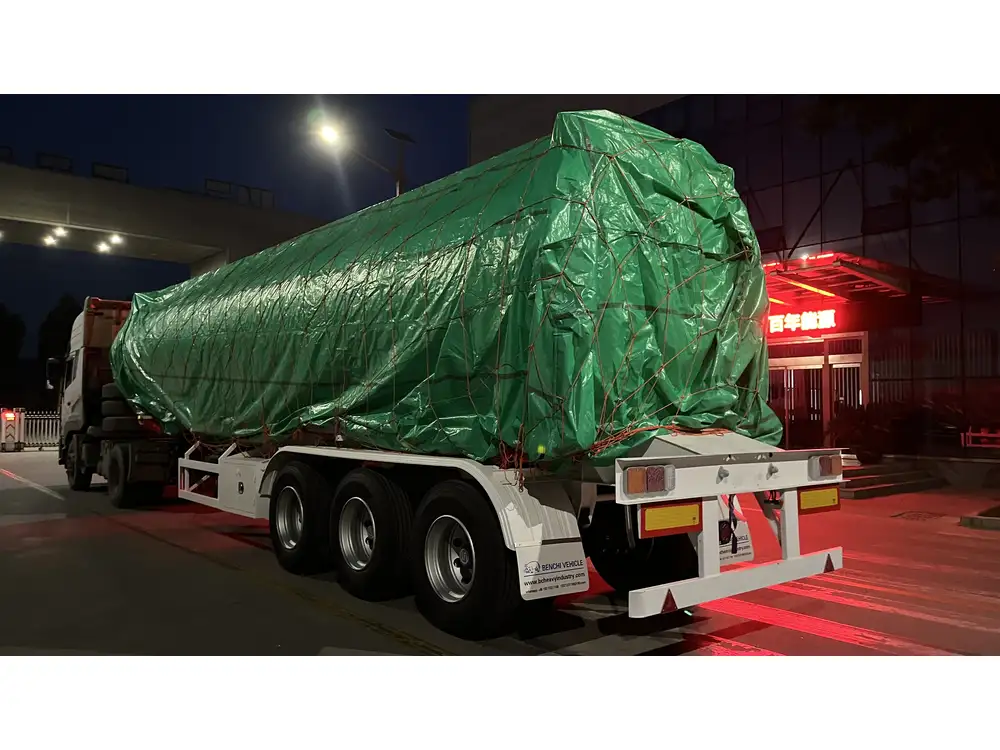
5. Cost Management Strategies for Fleet Operators
5.1. Outsourcing Maintenance
Consider partnering with an external service provider. This can often reduce overhead and lead to significant cost savings. An outsourced maintenance contract can range from $1,000 to $2,500 monthly but may cover much of the expected burdens.
5.2. Establishing a Maintenance Budget
Not every company has the same financial capabilities or maintenance requirements. Establishing a dedicated maintenance budget allows for planned spending and avoids the financial strain caused by incursions.
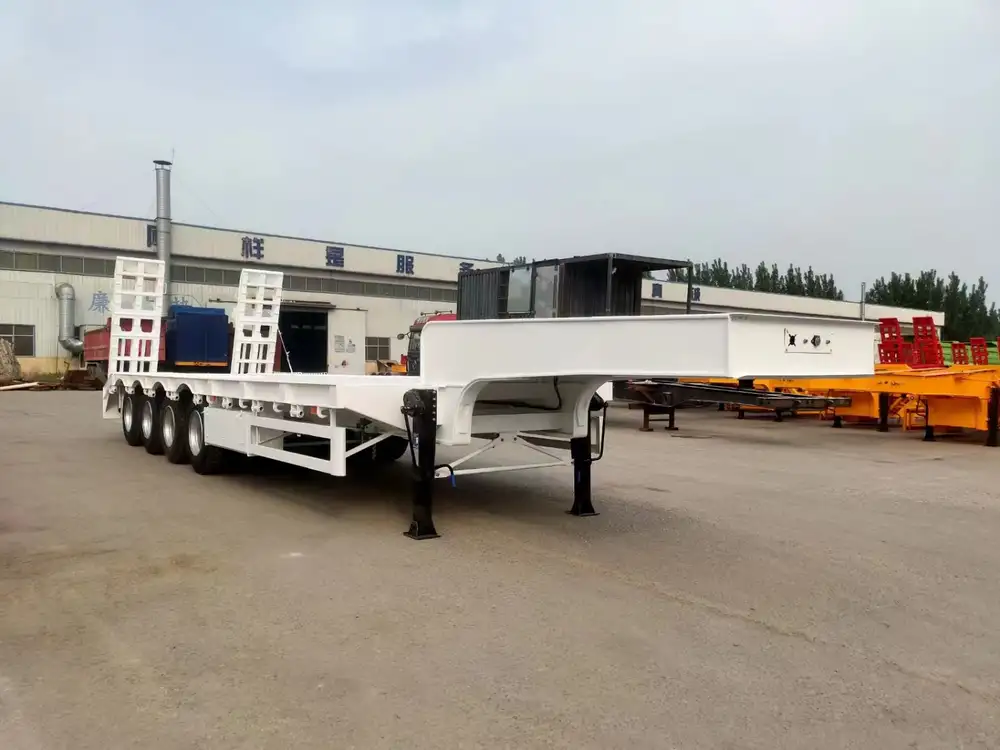
5.3. Regular Staff Training
Training your maintenance staff on up-to-date practices and technologies can enhance efficiency and quality, resulting in reduced costs over time.
6. Conclusion
The landscape of semi-trailer maintenance costs is intricate yet manageable when approached strategically. By understanding the multitude of factors influencing maintenance expenses—from age and type of semi-trailer to routine upkeep practices—fleet operators can make informed decisions that lead to significant savings.
Maintaining a proactive mindset and investing in preventive measures will not only optimize costs but will also extend the lifespan of the trailers, ensuring smooth and efficient operations. Whether you are a sole proprietor or managing a larger fleet, taking ownership of maintenance strategies will undoubtedly culminate in both financial benefits and enhanced operational efficiency.
Understanding the nuances of maintenance costs empowers stakeholders to navigate the complexities of semi-trailer upkeep effectively, aligning operational resources with the overarching goal of sustainability and cost-efficiency in an increasingly competitive market.



